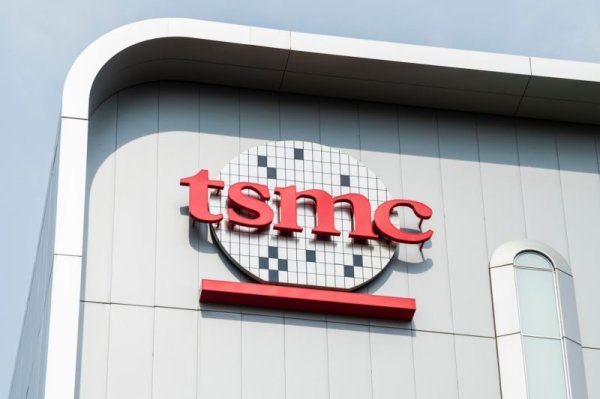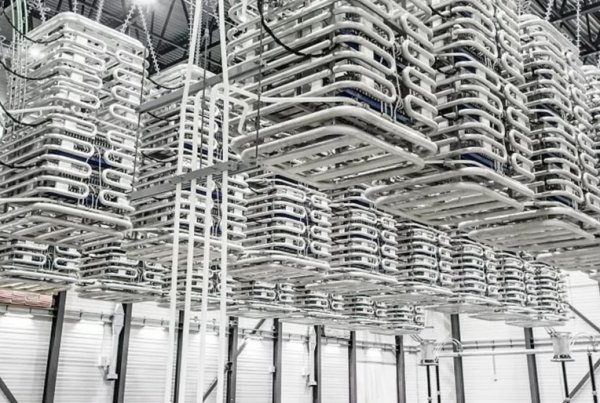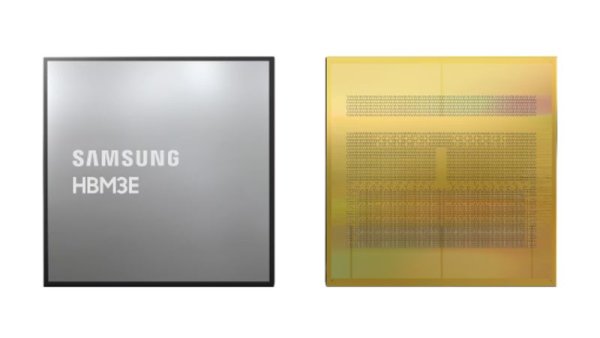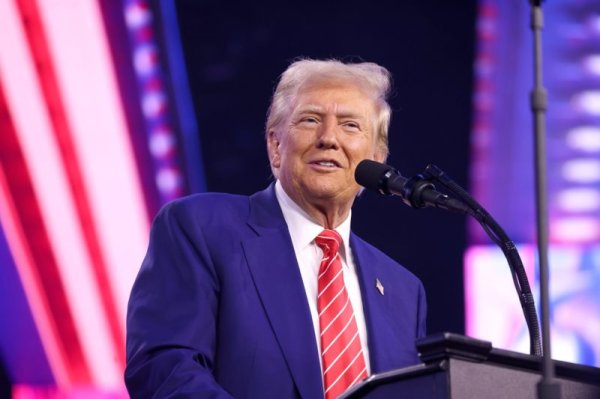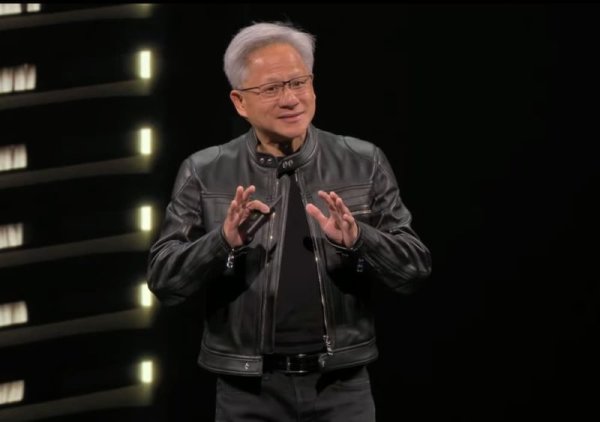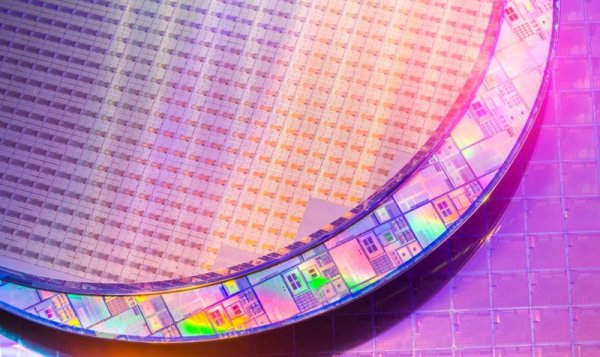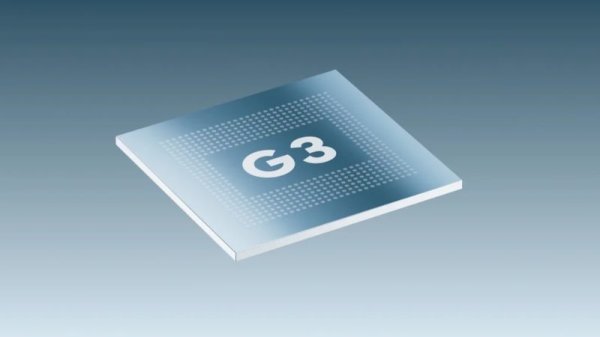Semiconductor factory capital expenditure has grown for the first time in three years! Watch 4.2 billion on Tel, less than half of Intel s slash
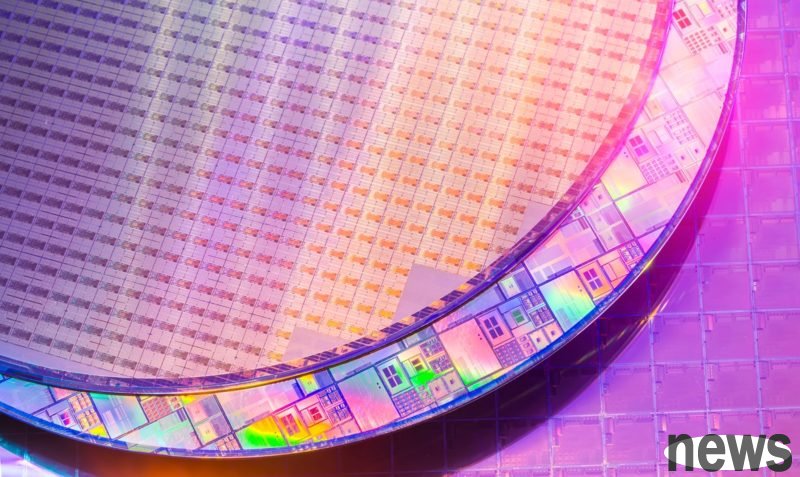
According to the daily survey, benefiting from the strong demand for advanced chips by the generative AI tide, the world's top ten conductor companies' capital expenditure in 2025 will grow by 7%, reaching US$135 billion, which is the first growth in the past three years.
Among these ten companies, six of them have higher capital expenditures than the previous year (2024 annual conference), including NTEC, SK Hynix, Micron and SMIC.
As the Dragon Head of the Cylinder OEM, Taiwan Electric plans to operate or start new factories in nine locations around the world in 2025, while capital expenditure in 2025 will reach US$38 billion to US$42 billion, an increase of about 30% from last year; Micron expects capital expenditure in the 2025 annually (as of August) to grow by 73% to US$14 billion, including coded investment in HBM for generative AI; as for memory manufacturer SK Hynix has also expanded its capital expenditure to a three-year high.
In the next few years, AI will become the key to driving the growth of the semiconductor market. AMD expects the AI semiconductor market to expand by more than three times between 2025 and 2030, with a scale of US$50 billion. In contrast, other analytical institutions such as Deloitte believe that starting from 2025, the growth rate of the smartphone market will remain at a low profile "digit percentage".
At the same time, Intel, which has been in a clean turmoil for six quarters, is cutting 30% of its capital expenditure to about US$18 billion, only less than half of Taiwan's electricity expenditure, and converting more resources into research and development; Samsung has reduced its local investment in South Korea and focused on new German factories. According to a Korean brokerage expectation, Samsung's capital expenditure in 2025 was about US$35 billion, the same as last year.
Power Semiconductors, which were originally expected to benefit from the electric car heat, are currently in demand due to the rapid growth of electric car sales. The Sword-French semiconductor investment estimate this year is US$200-2.3 billion, down from US$2.5 billion in 2024; Yingfeiling is reducing capital expenditures for this year's estimated year (as of September).
Another part of the investment was mainly promoted by U.S.-China trade tensions and U.S. tax policies. For example, Grosfield announced that it would invest $16 billion (long-term planning) in the United States, 3 billion more than the original one; SMIC's capital expenditure this year reached a new high of $7.5 billion.
According to the expectations of the industry organization SEMI, China will invest more than US$10 billion in chip manufacturing equipment purchase in the next three years. Most of these equipment were imported from Japan and the Netherlands in the past, and now it has been transferred to domestic equipment due to US export restrictions.
Semiconductor investment rebounds on AI, but not everyone is winning Extended reading: The AI core battle is not just chips, but what AMD wants to challenge is NVIDIA's entire ecosystem Without pressure from the United States and the European Union, Russian crude oil continues to travel to India

